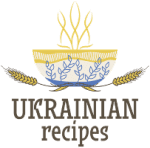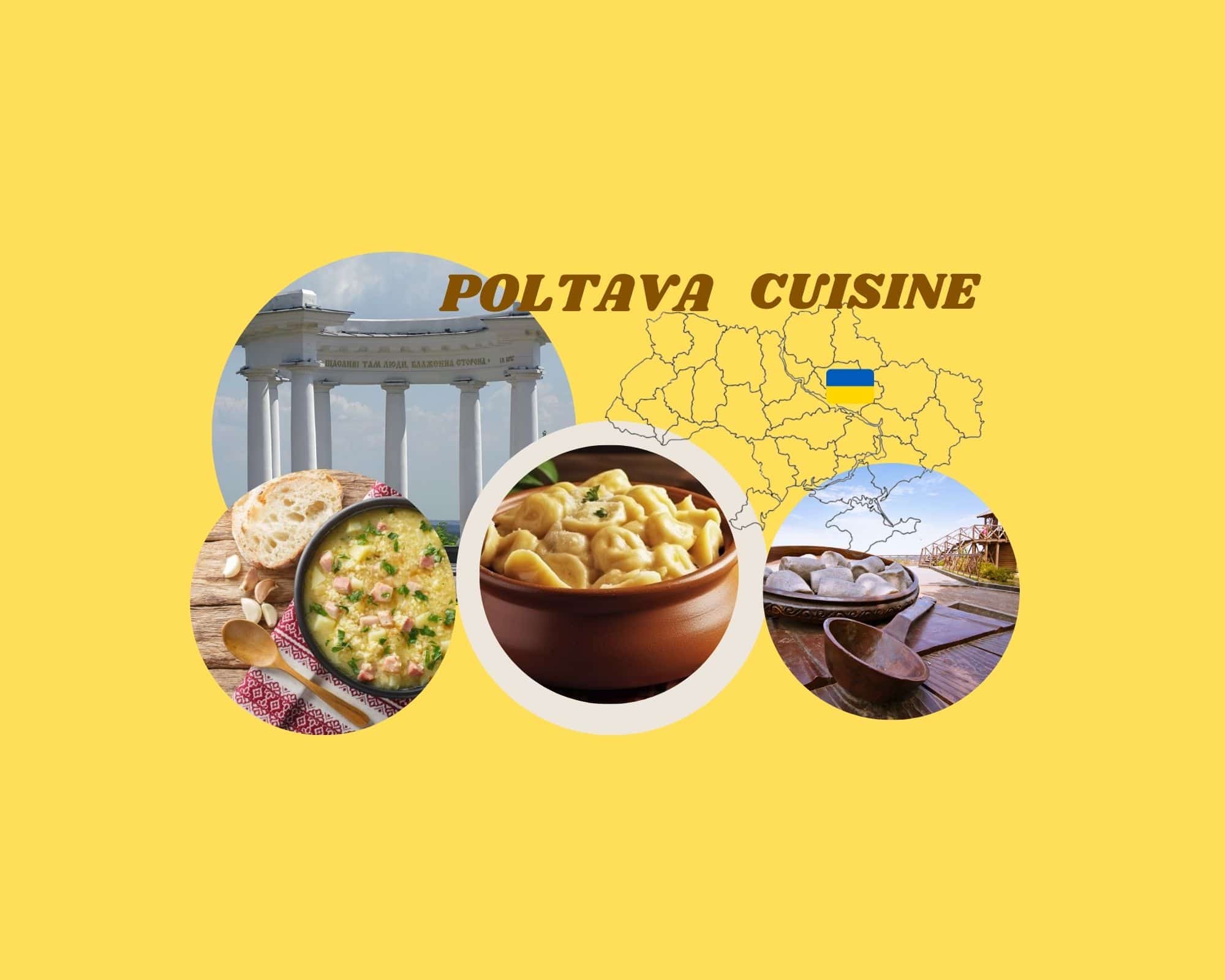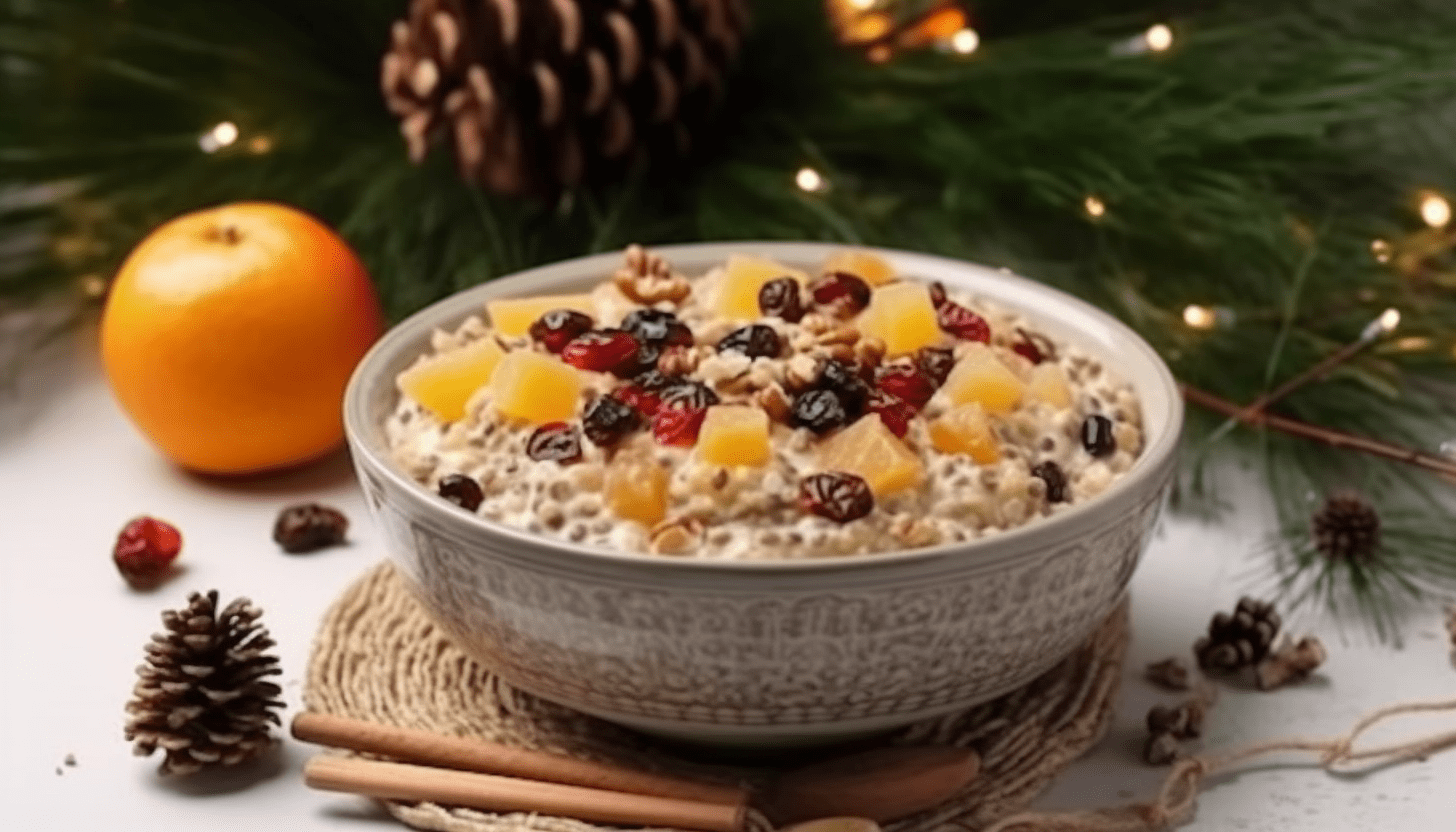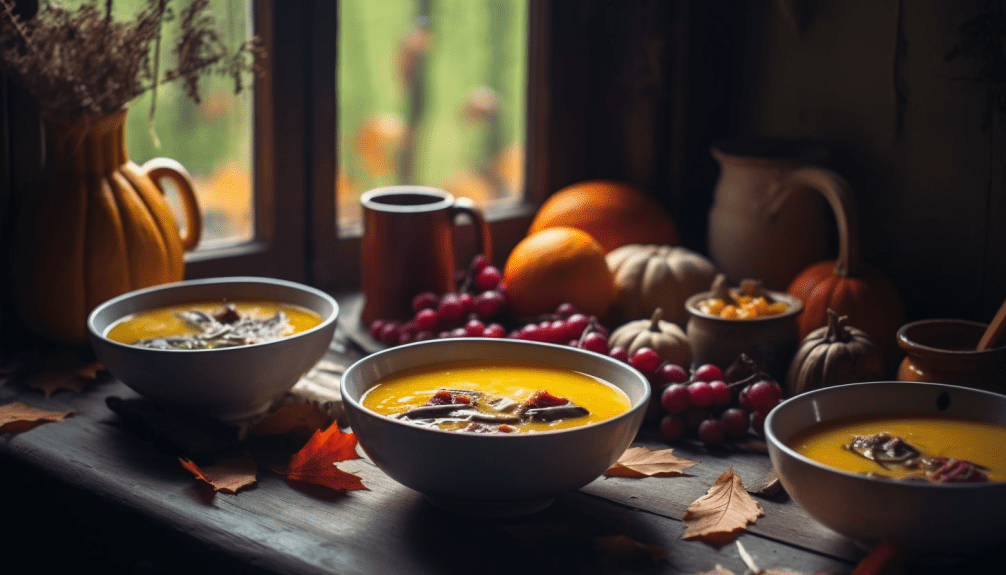Easter dishes are church-consecrated meals eaten during the family’s Easter breakfast. Ukrainians consecrate mostly dishes that were not eaten during Lent: ham, sausage, cheese, butter, eggs, etc. Eggs are of special importance: there are krashanky (one-colored Easter eggs) and pysanky (hand-painted Easter eggs).
Bitter herbs (such as horseradish), which are served at the Easter table in the memory of the bitterness of Christ’s passion, were and are the must of a festive menu. Beetroot seasoned with horseradish is also consecrated in some Ukrainian regions. But the centerpiece of the Easter table is Easter bread which is the Resurrection symbol. This bread also symbolizes spiritual nourishment.
Among other festive Easter dishes are:
- Easter eggs symbolize integrity. They are the basis of everything, the symbol of the Universe, spiritual fullness, prosperity, and movement.
- Butter and cheese symbolize the connection between people and Jesus Christ. As a child receives life, strength, and energy from mother’s milk, so Christians are enriched by Jesus with sacred energy.
- Ham and sausage symbolize a fattened-up calf, which the father ordered to be slaughtered after his prodigal son returned home. It’s a symbol of forgiveness.
- Salt is a symbol of the bitterness that every Christian should experience in cleansing themselves from sins. Salt consecrated at Easter is a talisman against evil eyes. It is believed that if the threshold is sprinkled with holy salt, no evil person will be able to enter the house.
- Horseradish is a symbol of strength and health. It symbolizes a strong root that gives faith in the resurrection.
- Candles symbolize light and God’s grace.
As a bonus, we will share 3 mega easy recipes for tasty Easter dishes
1 Shponder
Thoroughly salt and season a long piece of shponder (belly bacon) with pepper, and leave it overnight in a casserole. In the morning, bring shponder to a boil in its own juice. If you run out of juice, add a little water. When you bring shponder to a boil, set it aside to cool. Repeat several times.
When shponder cools for the last time, stuff shponder with garlic cloves and thoroughly season with herbs (to your taste). Wrap shponder in foil and bake in the oven over low heat for an hour. Do not remove from the foil for at least a day. Let shponder cool well in the fridge.
2 Poliadvytsia
Thoroughly salt and pepper a long piece of pork fillet. Leave it in the roaster overnight. Use a knife to make longitudinal holes in the fillet and insert garlic cloves there. Add a little water. Put the roaster on low heat for an hour and a half. Then put in the oven (remove the lid from the roaster), cook meat until done, and let it cool.
3 Beetroot dressing
Boil beetroots. Peel and grate them finely. Combine beetroots with horseradish. Mix everything well and add vinegar, salt, and sugar to taste. Serve the dressing with meat dishes.
Have you liked the article about Easter meals?
Join and follow us on social media to keep up-to-date with our freshest recipes, cooking tips, and entertaining articles related to the Ukrainian people, culture, and traditions!
Find us on Facebook, Instagram, Pinterest, etc. to comment and share your favorite Ukrainian recipes with friends and relatives!







